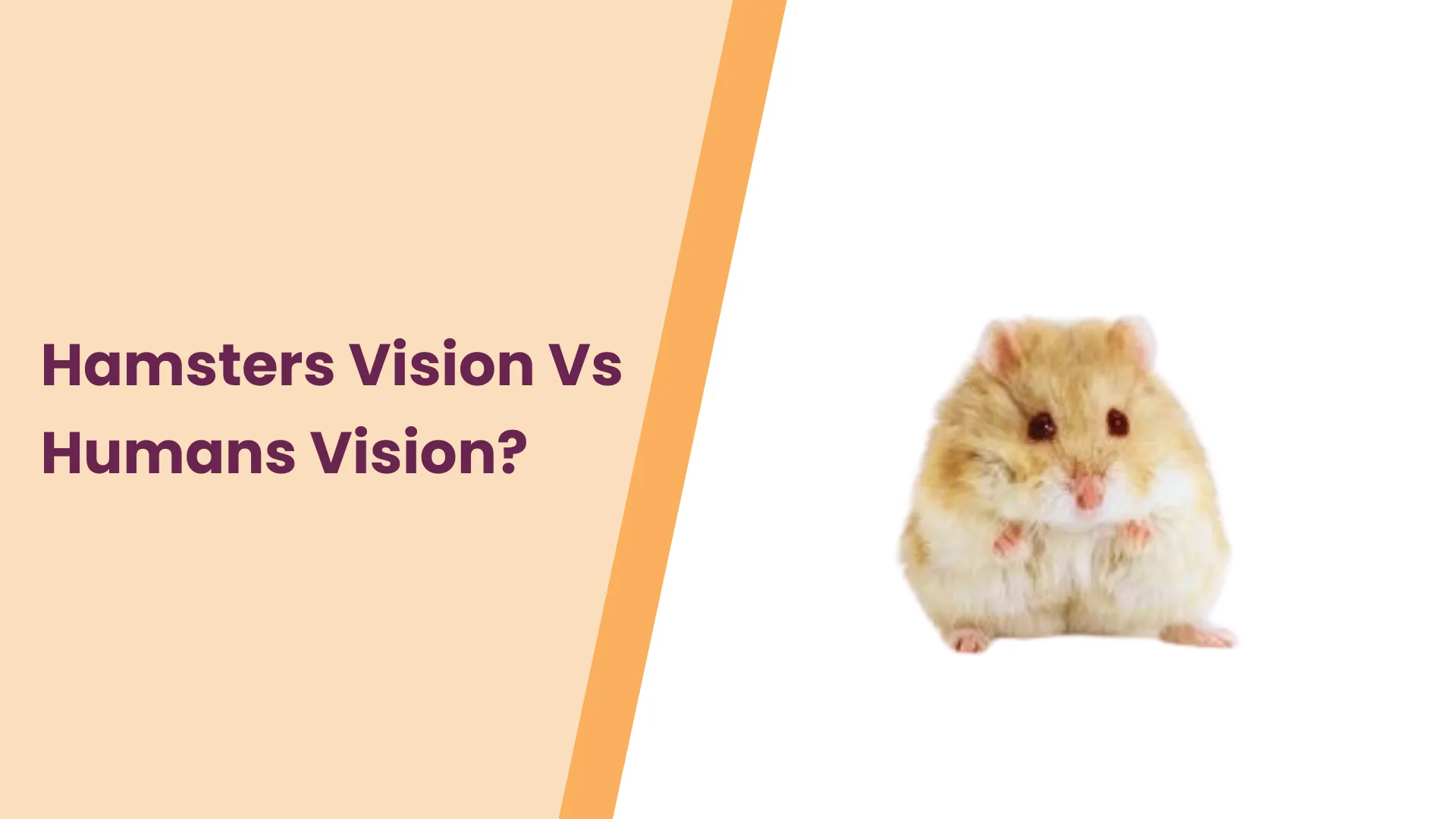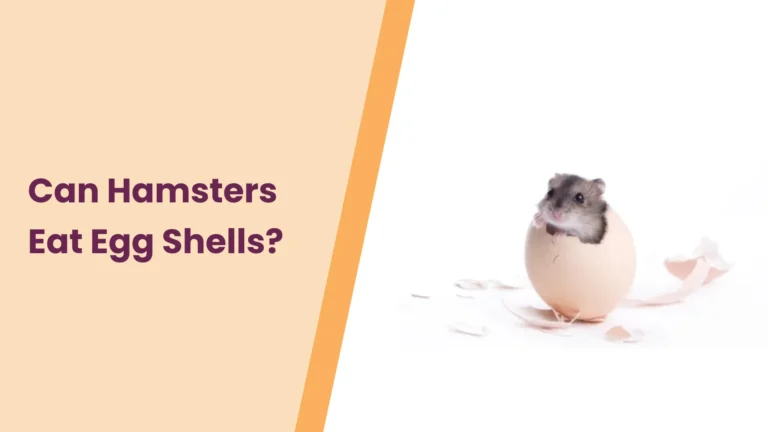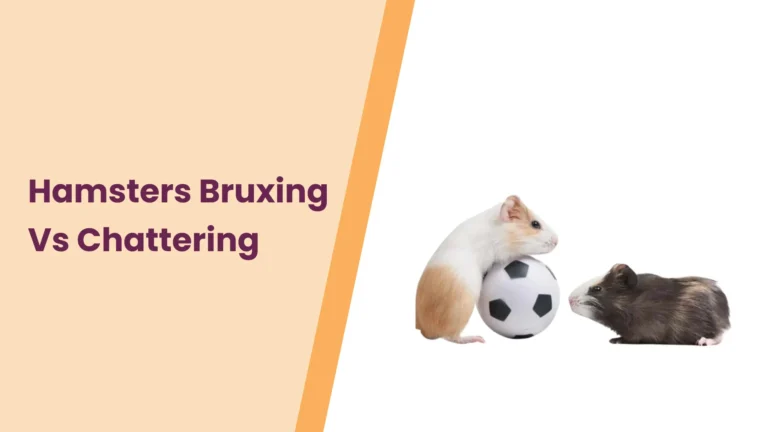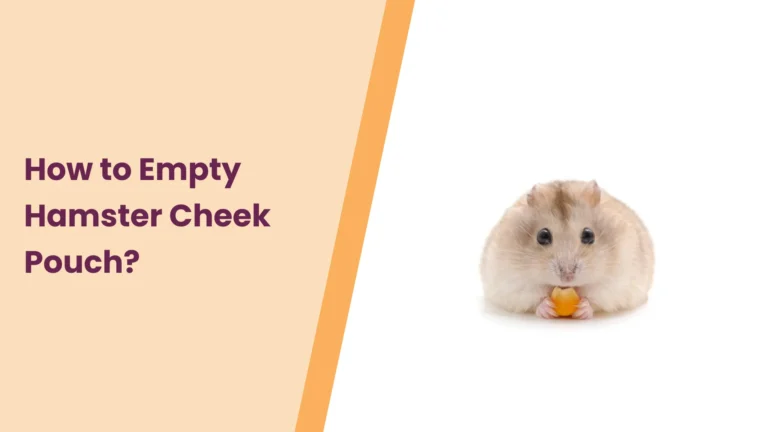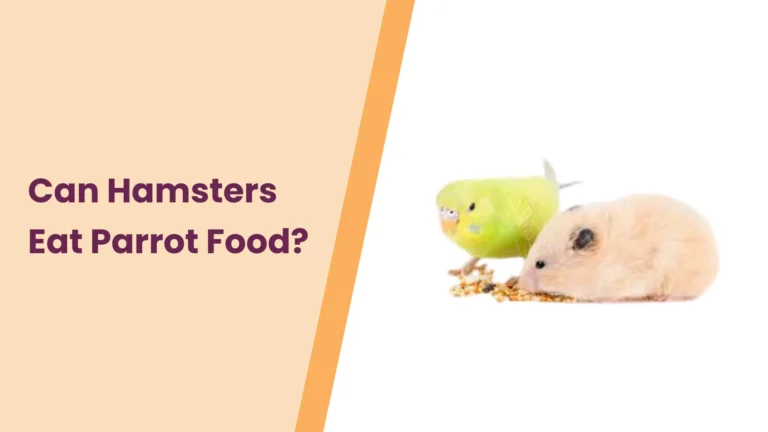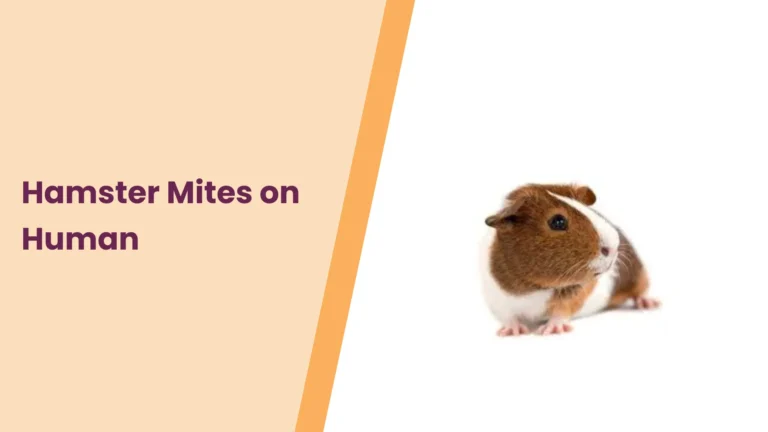Hamster Vision vs Human Vision – A Look into Their World
Have you ever wondered how the world appears to your furry friend? As devoted hamster enthusiasts, delving into the intricate details of our pets’ lives can lead to a deeper understanding of their unique experiences. In this exploration, we turn our attention to a realm often overlooked by the captivating universe seen through hamster eyes.
Join us on a visual journey as we compare the nuances of hamster vision to our own, unveiling the secrets behind those tiny, beady eyes and discovering how they navigate their nocturnal world. Get ready to see the world through their perspective and gain insights that will transform the way you care for your beloved hamster companions.
The Basics of Human Vision
Our ability to perceive the world around us is a marvel, orchestrated by the intricate workings of the human eye. Picture this: the vibrant hues of a sunset, the subtle play of shadows on a forest path, and the twinkle in the eyes of a loved one — all made possible by the complexities of our vision. Human eyesight is a symphony of precision, with each element playing a crucial role.
a. Perception Unveiled:
In the realm of human vision, our eyes act as sophisticated cameras capturing the rich tapestry of our surroundings. The cornea and lens collaborate to focus incoming light onto the retina, where millions of photoreceptor cells await their cue. Rods, responsible for low-light vision, and cones, attuned to colors, work in harmony to create the visual masterpiece we experience daily.
b. The Kaleidoscope of Colors:
One of the marvels of human vision lies in our ability to perceive a spectrum of colors. Thanks to three types of cones, tuned to red, green, and blue wavelengths, we revel in the diversity of the world’s palette. From the warmth of a sunrise to the cool tones of moonlit nights, our color vision paints our reality with breathtaking vividness.
c. Beyond the Horizon:
Human eyesight extends beyond the literal horizon. We possess the remarkable capability to gauge depth, perceive motion, and focus on objects with astounding clarity. This panoramic vision not only enhances our daily experiences but also contributes to our safety and understanding of the ever-changing environment.
As we embark on this comparative journey, understanding the marvels of human vision serves as a benchmark. Now, let’s shift our focus to the miniature cosmos perceived through the eyes of our beloved hamster companions.
Understanding Hamster Vision

As we venture into the tiny yet fascinating universe of hamster vision, it’s essential to recognize the distinctive features that shape their perception of the world. Imagine a realm where darkness is not an obstacle but a canvas for exploration; this is the nocturnal perspective our hamster companions embrace.
a. The Eyes Behind the Whiskers:
Unlike our complex eyes, hamsters boast eyes uniquely adapted to their nocturnal lifestyle. Their eyes are relatively small but efficient, equipped with a high number of rods to navigate low-light conditions. Additionally, hamsters possess a tapetum lucidum, a reflective layer behind the retina, enhancing their ability to capture and utilize available light.
b. Shades of the Night:
Hamsters excel in shades of gray rather than the vibrant spectrum of colors we perceive. Their vision is best suited for detecting motion and contrasts, enabling them to navigate and forage during the dark hours. Understanding this grayscale vision offers insights into the challenges and advantages our hamster friends face in their natural habitat.
c. Blink and You Might Miss It:
Hamsters blink less frequently than humans, maintaining keen awareness of their surroundings. This subtle behavior, combined with their unique eye structure, showcases the adaptability of hamster vision to their nocturnal lifestyle. Observing these nuanced aspects allows us to comprehend how hamsters interact with their environment in ways beyond our visual spectrum.
Stepping into the world of hamster vision unveils a realm of subtle complexities. In the absence of vibrant colors, their visual landscape is painted in shades of night, revealing a captivating perspective that shapes their behaviors and interactions. As we peel back the layers of hamster vision, we gain a deeper appreciation for these small creatures that navigate the darkness with grace.
Adaptations for Nocturnal Living
In the enchanting world of hamsters, the night is not a shroud of darkness but a canvas for exploration and adventure. Understanding the nocturnal adaptations of our pocket-sized companions unveils a tapestry of features that set them aglow in the moonlit hours.
a. Whiskers as Guides in the Dark:
Hamsters, equipped with mystic-like whiskers, utilize these specialized sensory organs to navigate their surroundings. Imagine their whiskers as delicate antennae, allowing them to feel the contours of their environment. This tactile prowess is particularly vital during their nightly escapades, aiding in the discovery of food sources and the negotiation of intricate pathways.
b. Illuminating the Night:
Ever wondered how hamsters see in near darkness? Enter the tapetum lucidum, a reflective layer behind their retinas. This ingenious adaptation enhances their night vision by reflecting and maximizing the use of ambient light. As we delve into the world of hamster care, recognizing the significance of this adaptation sheds light on their ability to thrive in the dimly lit corners of their habitats.
c. Nocturnal Symphony of Senses:
Hamsters, being nocturnal creatures, rely on a symphony of senses to thrive in the dark. Their acute sense of smell and hearing complements their vision, creating a harmonious blend of sensory perception. Picture the nighttime landscape as a canvas painted not just in shades of gray but also scents and sounds, where each sensory note contributes to the nocturnal masterpiece.
As we embrace the adaptations that define hamsters as creatures of the night, we gain a glimpse into the artistry of their survival strategies. Whiskers dancing in the dark, reflective eyes capturing moonlight whisper; these adaptations form the poetic language through which hamsters navigate their nocturnal world.
Color Perception in Hamsters
In the mosaic of hamster vision, color takes a back seat to other sensory dimensions. Exploring the subtle palette of their world sheds light on how these tiny creatures interpret their surroundings and communicate through the language of shades.
a. The Monochrome Symphony:
Unlike our vibrant technicolor spectrum, hamsters experience a world painted in shades of gray. Their vision leans towards monochrome, with a limited ability to distinguish between different colors. While they may not revel in the lush greens of a meadow or the fiery reds of a sunset, their ability to discern contrasts and motion serves as an essential tool in their nocturnal endeavors.
b. Shades of Meaning:
Hamsters may not perceive the world in color, but that doesn’t diminish the significance of visual cues in their interactions. Their unique language is woven through body postures, facial expressions, and subtle movements. Imagine a silent conversation where nuances and contrasts carry the weight of communication, emphasizing the importance of understanding the monochromatic palette that shapes their visual reality.
c. Dispelling the Myth of Colorblindness:
While hamsters don’t experience the world in the vivid hues we do, it’s a misconception to label them as colorblind. They possess a limited ability to perceive certain wavelengths, contributing to their grayscale vision. Acknowledging this distinction dispels myths and fosters a deeper understanding of the visual tapestry that enriches their nocturnal existence.
Delving into the world of hamster color perception opens a portal into their unique visual realm. The absence of color doesn’t diminish the beauty; instead, it invites us to appreciate the intricate dance of contrasts and shadows that shape their visual landscape. In this world of monochrome marvels, hamsters communicate in the subtle poetry of shades, revealing a spectrum beyond the colors we take for granted.
Know More about hamster color perception:
Visual Communication in Hamsters
In the intricate dance of hamster communication, their eyes and body language become the brushstrokes that paint a silent masterpiece. Unraveling the subtle cues that define their visual language opens a window into the world of connection and expression among these small, delightful creatures.
a. Eyes That Speak Volumes:
The eyes of a hamster are not just windows to their soul but also a canvas for expression. Imagine the eloquence of those beady orbs as they convey curiosity, contentment, or even a touch of mischief. Understanding the nuances of hamster eye language provides a unique insight into their emotional spectrum, forging a deeper connection between pet and owner.
b. Whiskers in Motion:
Beyond their eyes, hamsters employ another tool in their visual symphony — their whiskers. These delicate yet resilient sensory organs serve as antennas, conveying information about their surroundings. Picture the subtle dance of whiskers as they explore, sense changes in the air, and communicate with fellow hamsters. It’s a non-verbal dialogue that transcends the limitations of vocalization.
c. The Art of Posture:
Hamsters are skilled artists in the realm of body language. From arched backs signaling curiosity to flattened bodies expressing fear, their postures speak volumes. By decoding the visual poetry of their movements, we gain insights into their feelings and needs. It’s a silent conversation that deepens the bond between hamster and caregiver, creating a shared language beyond the spoken word.
As we navigate the visual tapestry of hamster communication, we discover a world where words are unnecessary. The flicker of an eye, the twitch of a whisker, the subtle shift in posture each element contributes to a visual language that transcends the bounds of the audible. In this silent exchange, hamsters reveal their thoughts, emotions, and desires, inviting us to join the conversation.
Implications for Hamster Care
As we embark on this journey through the visual realms of hamsters, we uncover insights that directly impact how we care for these miniature explorers. From the design of their habitats to the lighting that graces their nocturnal world, understanding hamster vision enriches the tapestry of responsible hamster care.
a. Illuminating Their World:
Consider the lighting in your hamster’s habitat as a crucial aspect of their well-being. Given their nocturnal nature, providing ambient, low-intensity lighting mimics their natural environment. Soft, warm lights not only respect their visual preferences but also create a cozy and stress-free atmosphere. Think of it as crafting a celestial haven where your hamster feels safe and secure.
b. Enrichment through Contrasts:
Knowing that hamsters perceive a world of contrasts encourages us to enhance their environment with a variety of textures and shapes. Imagine a habitat where different surfaces stimulate their senses, offering both mental and physical enrichment. Introduce hides, tunnels, and textured materials to create a playground that engages their keen senses, transforming their enclosure into a haven of exploration.
c. Building Trust Through Visual Language:
The silent language of hamster communication becomes a bridge for building trust. Observing their visual cues allows us to respond appropriately to their needs, fostering a deeper connection. Whether it’s recognizing signs of contentment or identifying moments of stress, our ability to understand their visual language opens the door to a relationship founded on empathy and care.
In the realm of hamster care, the insights gained from understanding their vision become the compass guiding us towards providing an environment that goes beyond the basics. It’s a compassionate journey where every element, from lighting to enrichment, is crafted with the intention of nurturing the well-being of our pint-sized companions. By aligning our care practices with their visual preferences, we embark on a path where hamsters not only survive but thrive.
Conclusion
In concluding our exploration into the enchanting world of hamster vision, we find ourselves not only armed with knowledge but also with a profound appreciation for the nuances that shape these tiny lives. From the grayscale palette they navigate to the silent eloquence of their visual communication, hamsters invite us into a realm where every whisker twitches and every glance speaks volumes.
As caretakers, weaving this newfound understanding into our daily practices becomes a gesture of love and respect. By tailoring their habitats to the soft glow of nocturnal lighting, introducing textures that delight their senses, and responding to their silent cues, we transform mere care into a shared language. This is a journey of connection, where our commitment to providing an enriched, visually harmonious environment ensures that our hamster companions not only survive but thrive.
So, let us continue to be students of their visual poetry, recognizing that in the subtleties lies the key to a bond that transcends the spoken word. Through their eyes, we discover a world where care is an art, and every gesture, no matter how small, contributes to a canvas of trust, understanding, and shared joy.
”Dear fellow hamster enthusiasts, the journey into the captivating world of hamster vision is one we embark on together, united by our shared passion for these charming creatures. Your insights, experiences, and questions enrich the narrative of our community. I invite you to dive into the conversation by leaving your thoughts below. What unique behaviors have you observed in your hamsters? How have you incorporated their visual preferences into their environments? Let’s create a space where our collective wisdom becomes a valuable resource for all hamster caregivers.
Feel free to share this post with other hamster lovers on social media platforms, spreading the joy and knowledge that comes from understanding our tiny companions. Let our community thrive and grow as we continue to learn from each other’s journeys in the enchanting world of hamster care. Your stories are not just comments; they are threads in the tapestry we weave together.”-HamsterPit

